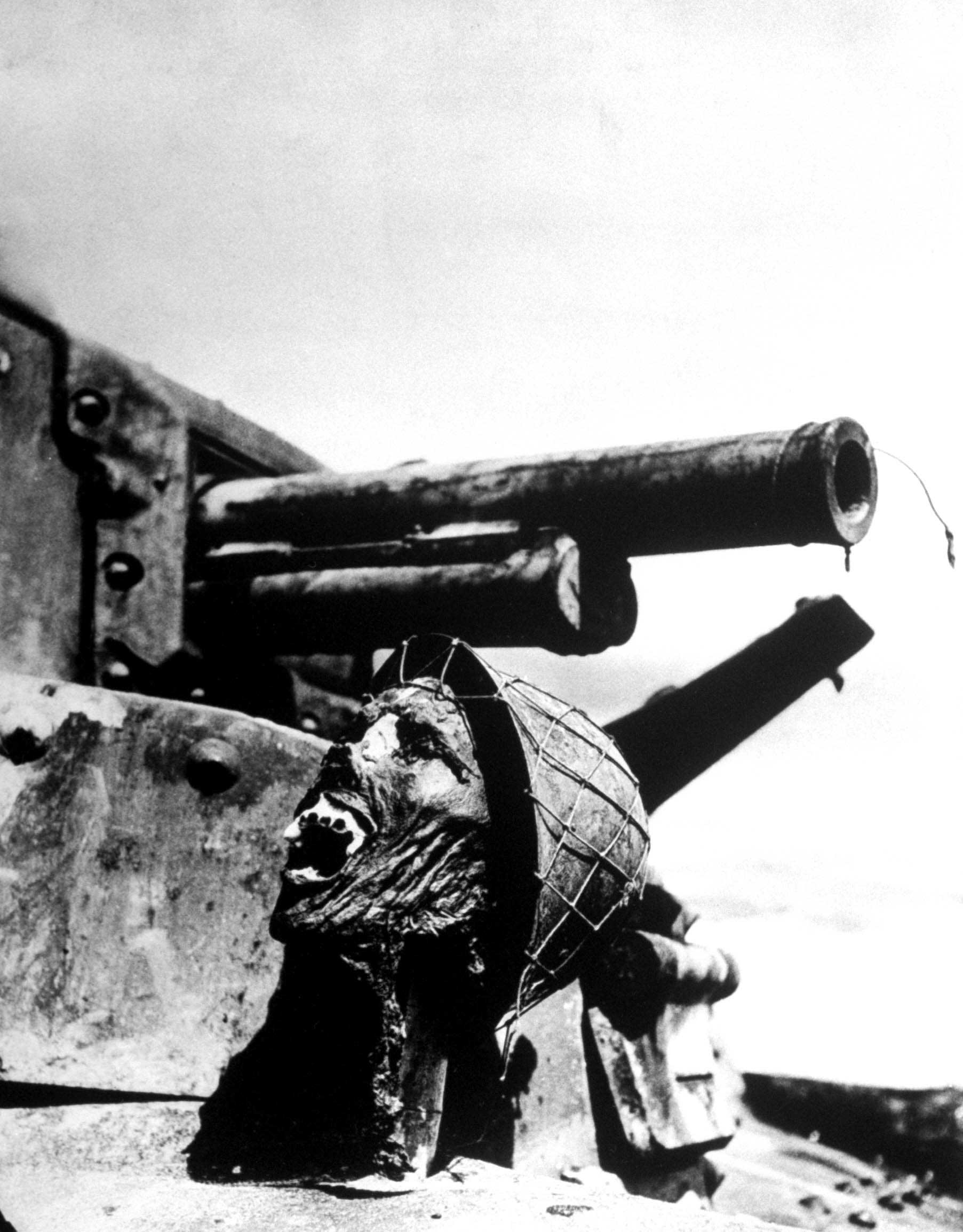
In February 1943, LIFE magazine published a series of photographs from Guadalcanal—the largest of the Solomon Islands and the site of the Allies’ first, pivotal offensive in the Pacific during World War II.
One of those pictures, made by a 25-year-old LIFE photographer named Ralph Morse, instantly struck a nerve with the magazine’s millions of readers. Seven decades later, it remains one of the most unsettling images to emerge from any war. Morse’s picture (the first in this gallery) of a severed Japanese soldier’s head impaled on a tank captures more graphically and immediately than volumes of words ever could the relentless and often casual barbarity of war.
Here, seven decades after the end of that critical campaign, LIFE.com presents not only Morse’s memories of how he made that photograph but also other pictures from Guadalcanal, photos that ran in LIFE and many more (by Morse and two other staffers, the brothers Joe and Frank Scherschel) that were never published in the magazine.
The caption that accompanied Morse’s disquieting photo in the Feb. 1, 1943, issue of LIFE read, “A Japanese soldier’s skull is propped up on a burned-out Jap [sic] tank by U.S. troops. Fire destroyed the rest of the corpse.”
Morse, however—still remarkably spry at 96—remembers it a bit differently. As anyone with even a passing knowledge of World War II knows, U.S. troops (and troops of every other country who fought in the long, brutal conflict) sometimes engaged in the sort of grisly behavior evinced in Morse’s photograph. But in the photographer’s recollections of that day, it seemed just as likely that the Japanese were the ones who placed the torched skull on that ruined tank as a gruesome trap for curious Americans.
“The Army had taken over from the Marines,” Morse tells LIFE.com, setting the scene on Guadalcanal in late 1942, “and I was traveling with a group of soldiers on patrol. In the forests on those islands, you had to walk in a single line. The brush was so damn thick that if you didn’t keep your eye on the shoes of the guy in front of you, you were lost. I think it was three or four days of solid walking, but we were fine.” A pause. Then, “We were all young,” he says, a hint of wonder in his voice.
For its part, LIFE described Guadalcanal’s terrain this way: “The jungle is a solid wall of vegetable growth, a hundred feet tall. There are huge palm leaves, elephant-ear leaves of the taro, ferns and jagged leaves of the banana trees all tangled together in a fantastic web. Near the ground are thousands of kinds of insects, praying mantises, ants and spiders . . . In such hot, damp weather mosquitoes live luxuriantly. Sometimes they imbed themselves so deeply in the soldiers’ flesh, they have to be cut out.”
“We came to a big opening on the beach,” Morse says, “and there was a tank with a skull on it, right near the turret. The sergeant leading the patrol looks at it and says, ‘Guys, that skull has been put there for a reason, and the Japanese have probably got mortar shells aimed right at this spot.’ A disgusting scene like that will always draw people in, and the idea, of course, was that any American troops who came along would obviously want to stop and take a look.
“‘Everybody stay away from there,’ the sergeant says, then he turns to me. ‘You,’ he says, ‘go take your picture if you have to, then get out, quick.’ So I went over, got my pictures and ran like hell back to where the patrol had stopped.”
Asked when he was able to see the photos he made on Guadalcanal, or in any of the other places he shot during the war, in the Pacific and across Europe, Morse laughs and says, “Not until a copy of the magazine arrived—months later, sometimes—or until after we went back to the States.”
Unbidden, he offers a revealing glimpse into the logistics of photographing in a war zone in the early 1940s, and the creative measures photographers invented in order to get the job done.
“Before flying to where the fighting was, you went to the PX in Honolulu,” Morse explains—the PX (or post exchange) that operates on military bases all over the globe—”and you bought a big box of condoms. When you were out shooting in the jungle or on the beaches, you wrote your captions and dropped them into a condom with your undeveloped film, tied it in a knot and stuffed that in an envelope—and hoped everything would stay dry.
“Then, when you got to a place where there was a ship or a plane heading out, you’d send the film back to the States. It would always go straight to the censors in Washington, and then the stuff that was okay would be sent on to the magazine or newspaper or wherever. But because we didn’t see the developed film for weeks or months, sometimes we didn’t even know if our cameras were working! They could be broken, and we wouldn’t know. We just kept shooting. I think I first saw that picture of the skull after I got malaria and the Army shipped me back home. I finally saw the photo at the LIFE offices in New York.”
One last point worth stressing: Ralph Morse was lucky even to be alive in late 1942, when he made that photo of the skull. A few months before, he had been aboard the heavy cruiser U.S.S. Vincennes when it was sunk by Japanese torpedoes during the Battle of Savo Island, not far from Guadalcanal. In John Loengard’s 1998 book, LIFE Photographers: What They Saw, Morse describes the action on the Vincennes:
Off Guadalcanal in 1942, at one o’clock in the morning . . . they sound general quarters. I roll out of bed and throw on my clothes, run out and get up on deck because we’re being pounded.
It’s jet black, but we’re throwing flares up, and boats are blowing up. It was like a movie set. . . . Pieces of the boat kept getting blown away, and you don’t get scratched, but the people you’re with are no longer there. We started to list over, the deck was so slippery with blood that it was like an ice skating rink. The captain gave orders to get the wounded into the water. Well, at that point you’re not taking pictures. You’re throwing wounded. You’re covered with blood. Guys are screaming. . . . But it ends, and the battle’s over, the light went down.
Orders came to abandon ship. I went over the side with one of the ship’s photographers, and we were short one life preserver. We had five people and four life preservers. So we kept passing one around. You could float on your back for a while, and then, as we floated around, we met more and more groups. We used to play bridge, and two of my bridge partners floated by, so we spent the rest of the night floating by people asking if they played bridge — to keep from worrying about sharks. We were very lucky that night because there was all that blood in the water, but with all the depth charges being thrown I guess every shark in his right mind had got out of there. We were picked up around six hours later by destroyers.
Morse remained with LIFE, covering every imaginable type of story—from the Space Race to sports (he made the single most famous picture of Jackie Robinson) to Broadway—for the next 30 years, until the magazine finally folded as a weekly in 1972.
Liz Ronk, who edited this gallery, is the Photo Editor for LIFE.com. Follow her on Twitter @lizabethronk.
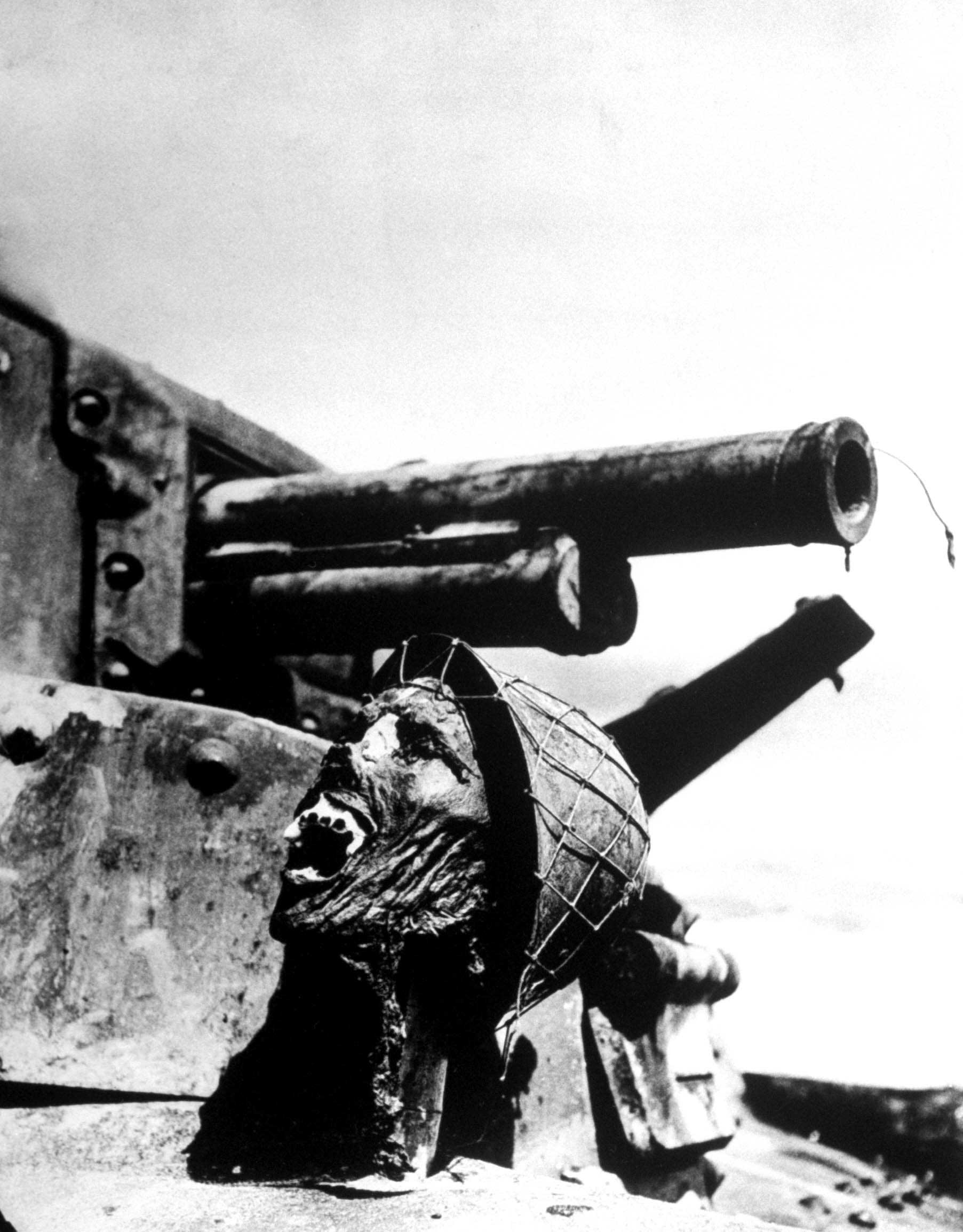
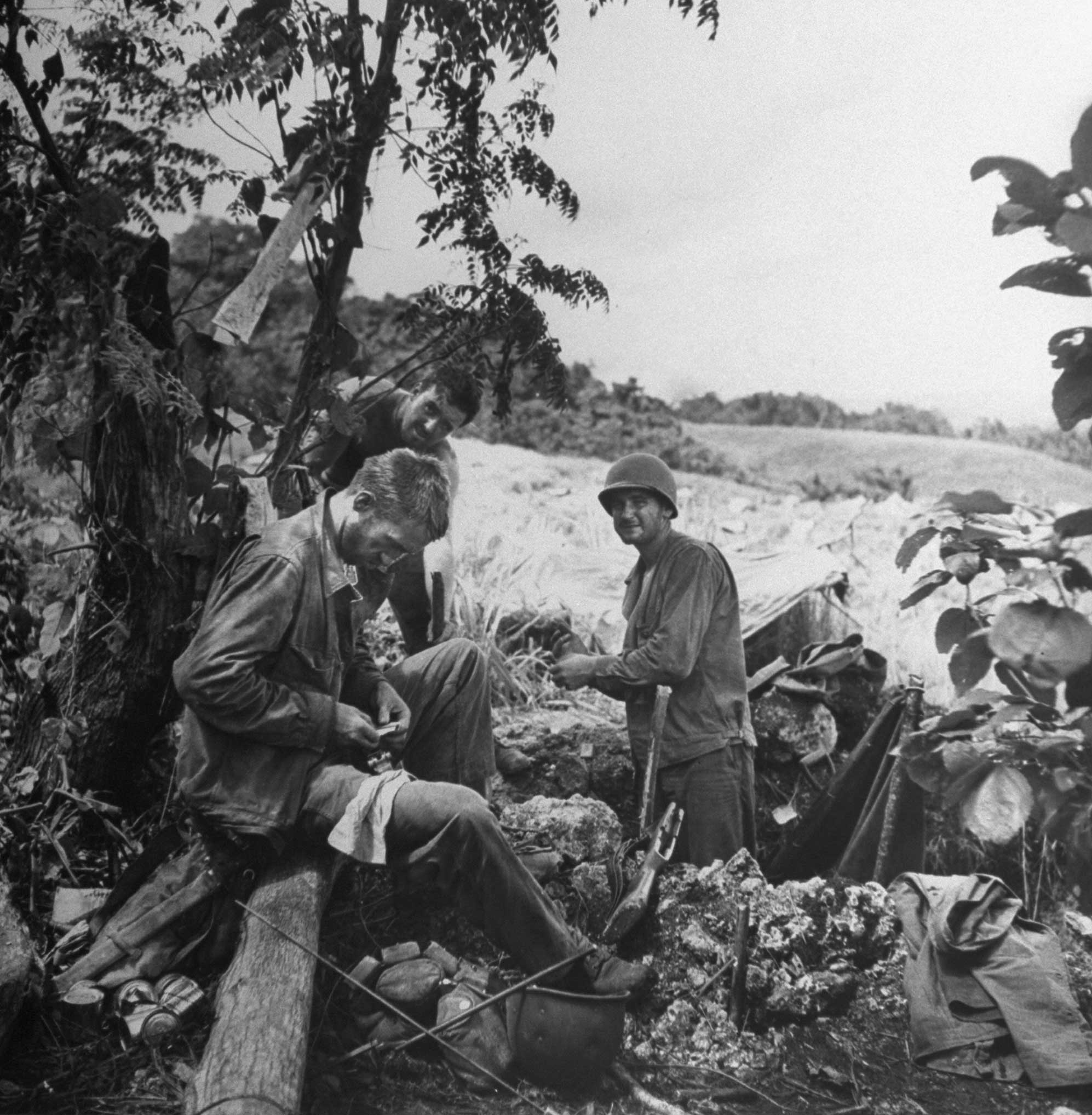
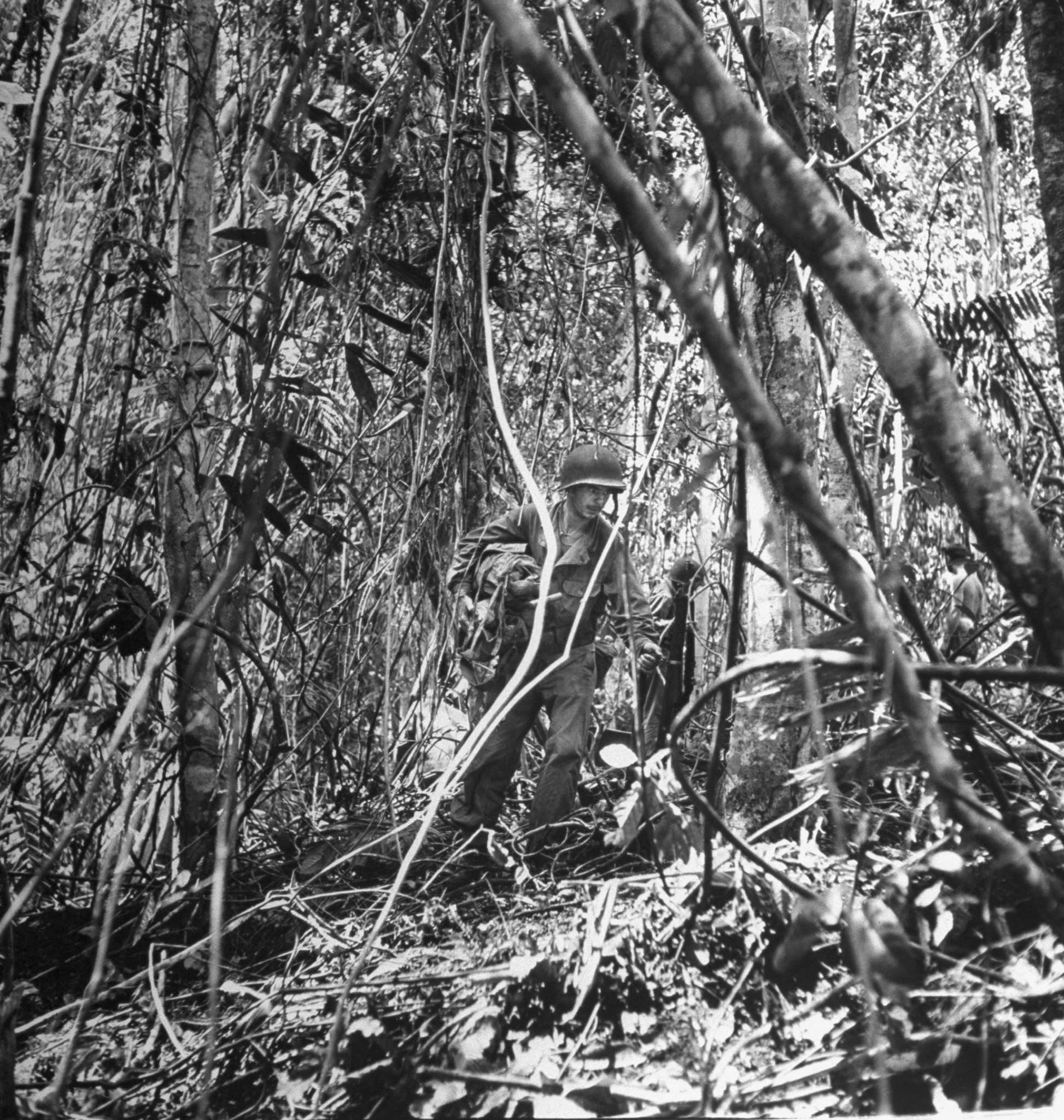

![00581503.JPG Jap [sic] bones and skulls are found in an evacuated Jap bivouac area. The stench of the dead bodies is always heavy in such places."](https://api.time.com/wp-content/uploads/2014/10/guadalcanal-world-war-2-05.jpg?quality=75&w=2400)
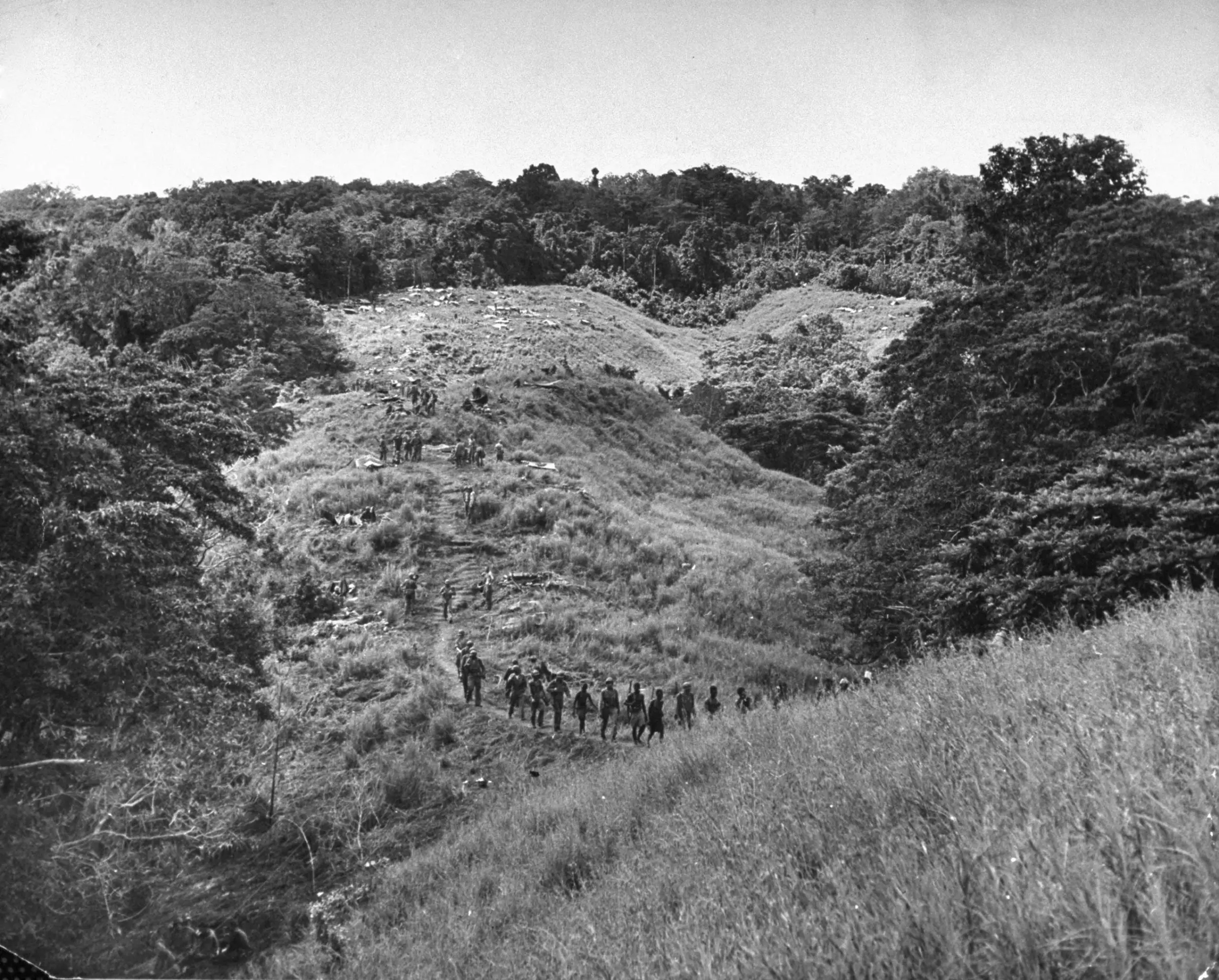

![00581496.JPG "Barbed wire is carried forward. This will be useful, once a position has been secured, in defending it against further Jap [sic] attacks."](https://api.time.com/wp-content/uploads/2014/10/guadalcanal-world-war-2-08.jpg?quality=75&w=2400)
![116113168.jpg "Wounded on litters are carried back to a field hospital. Even such rescue parties must watch for Jap [sic] snipers."](https://api.time.com/wp-content/uploads/2014/10/guadalcanal-world-war-2-09.jpg?quality=75&w=2400)
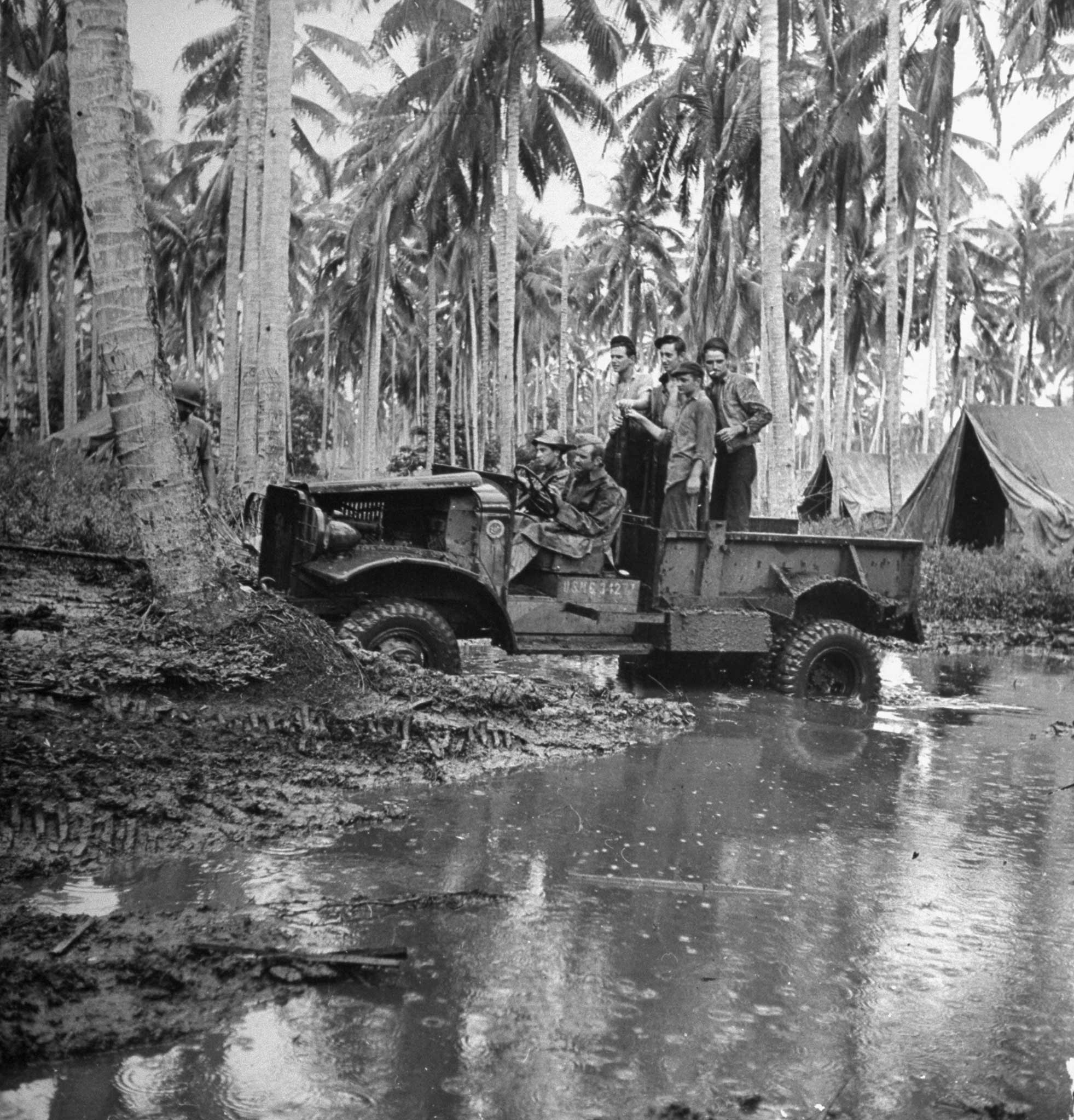
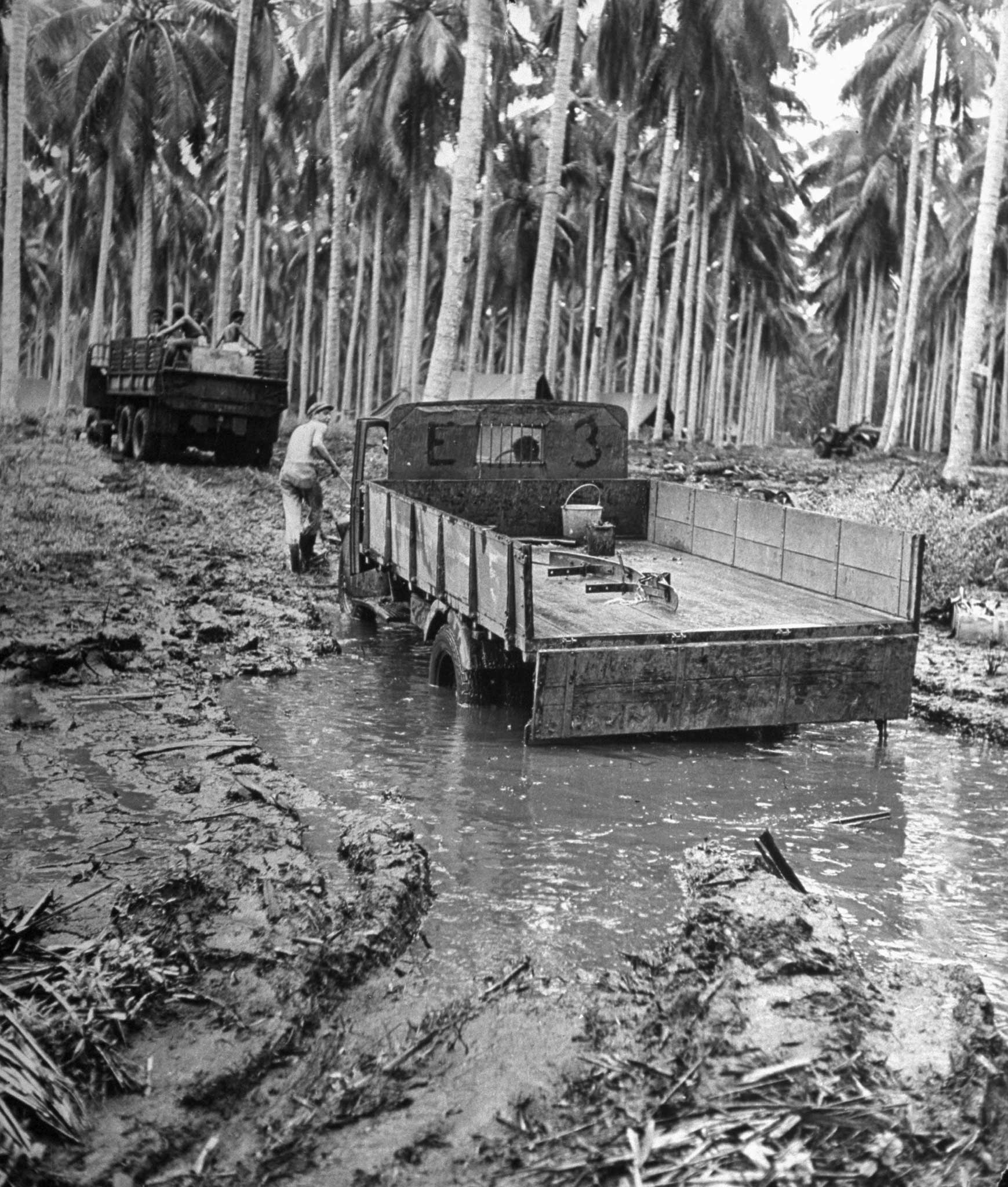
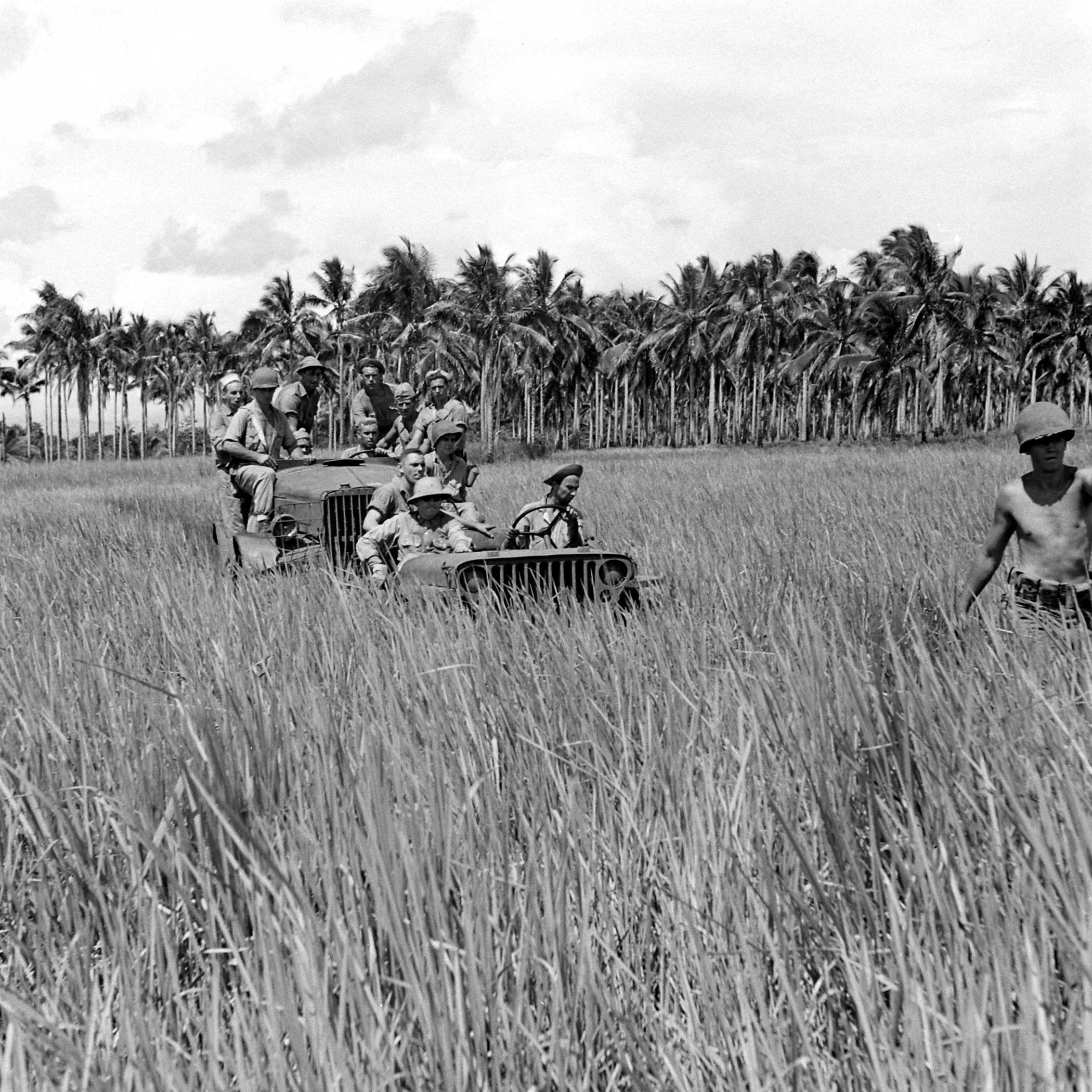

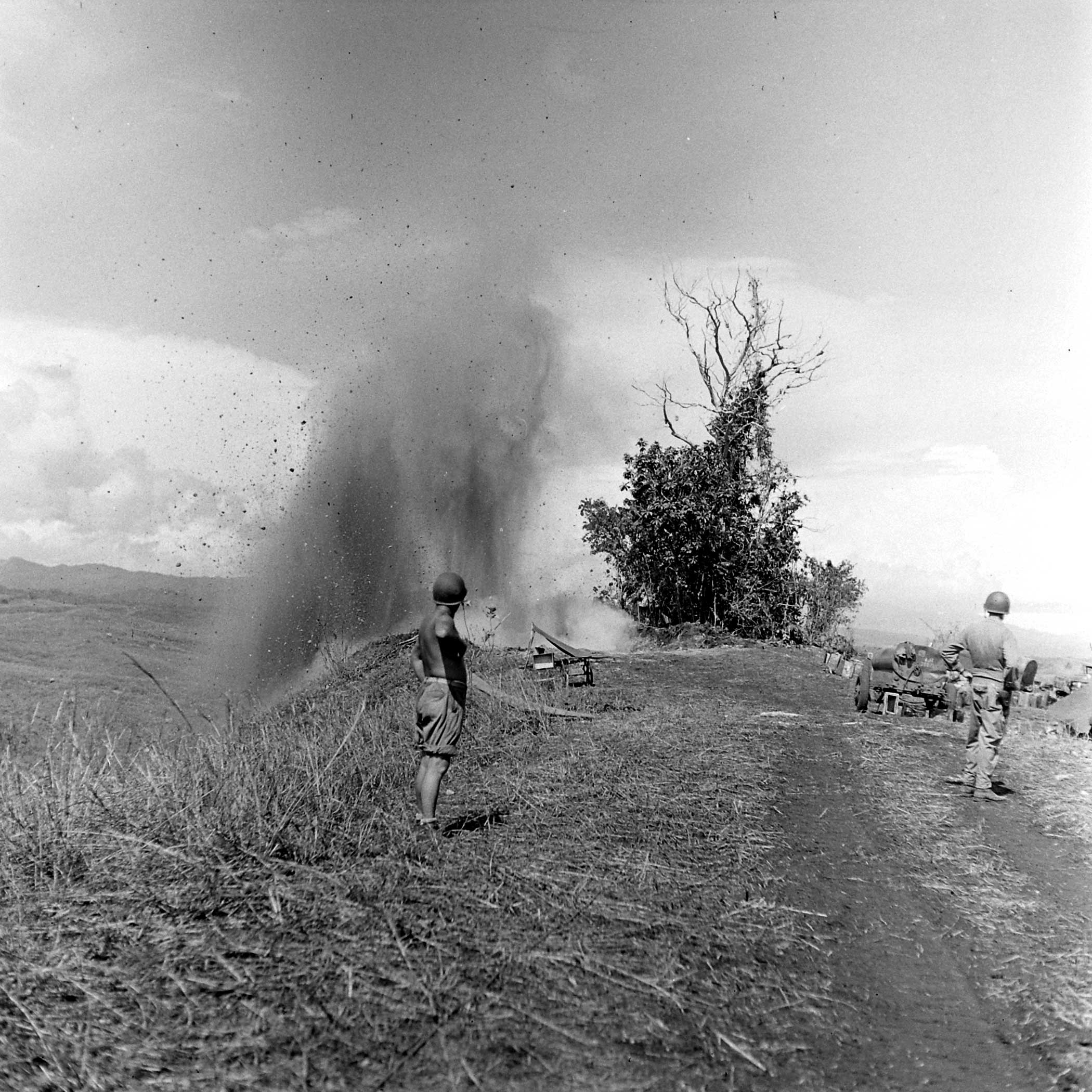

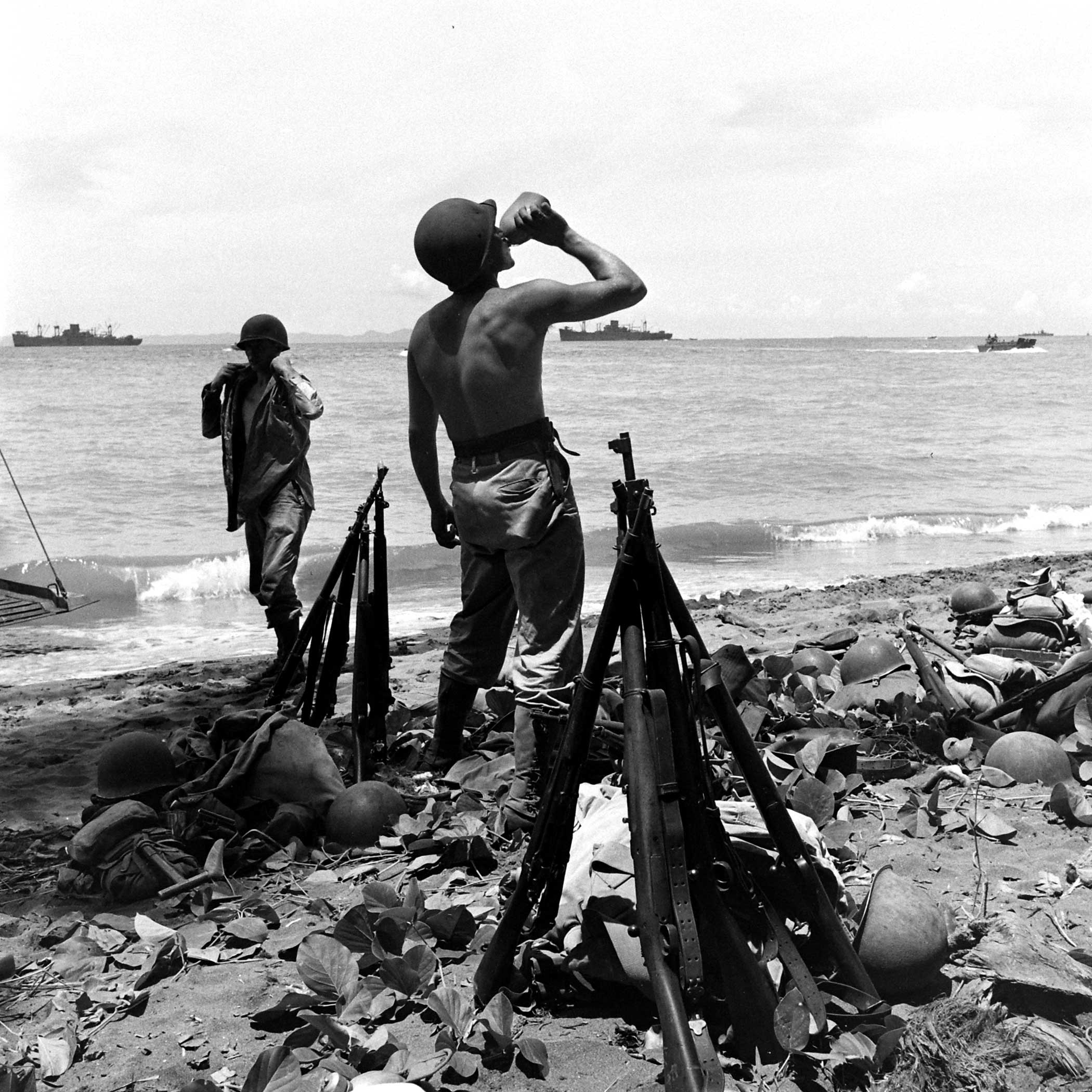
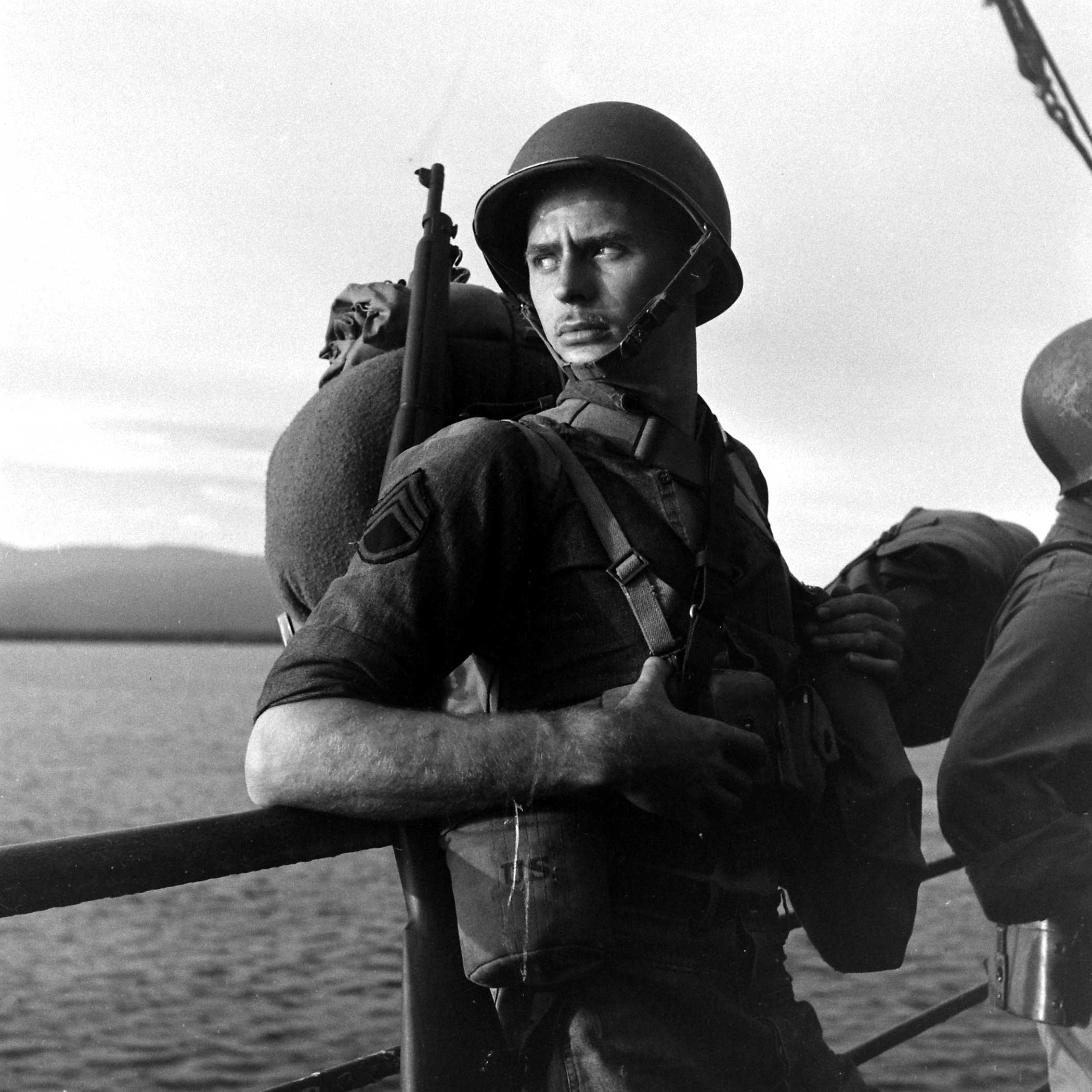
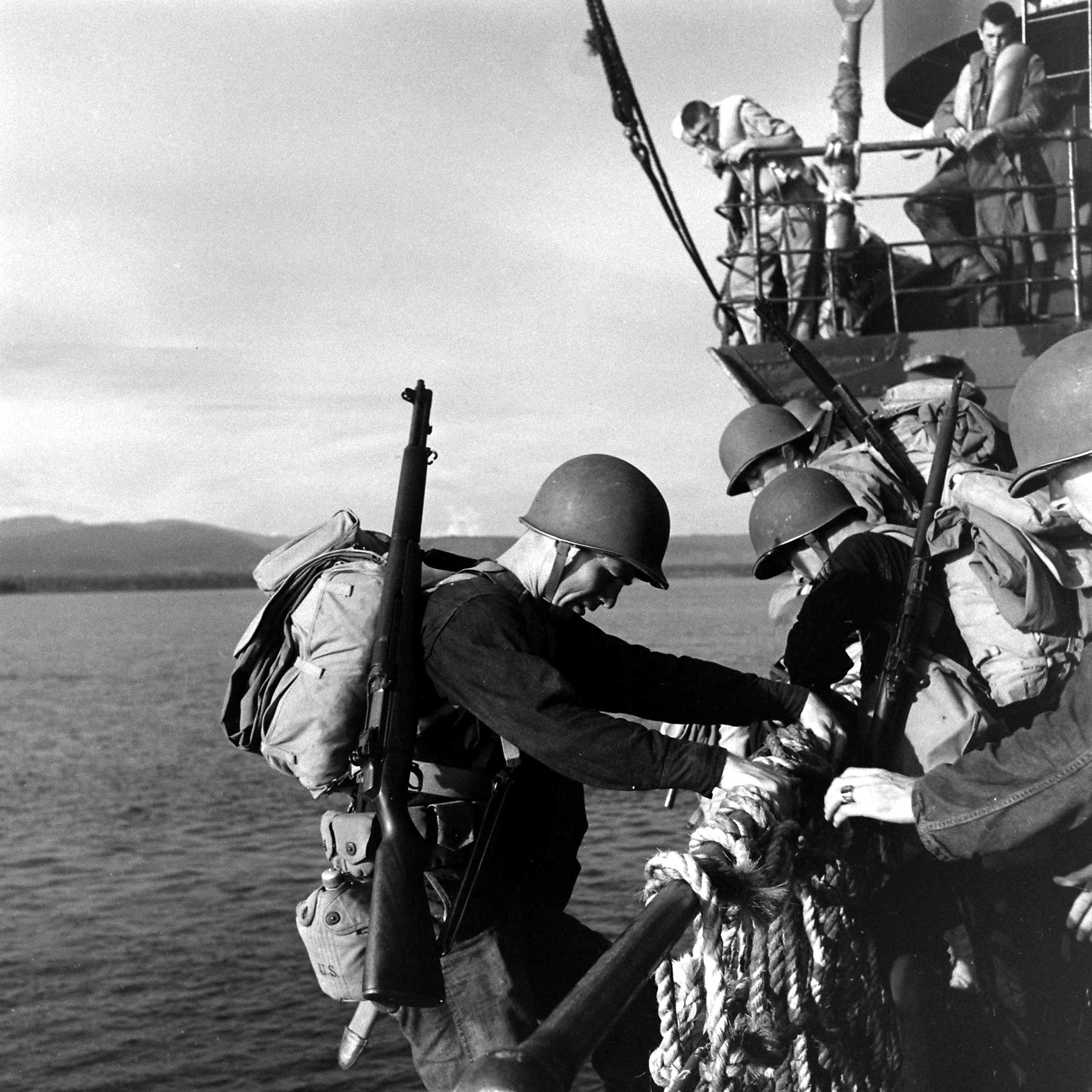
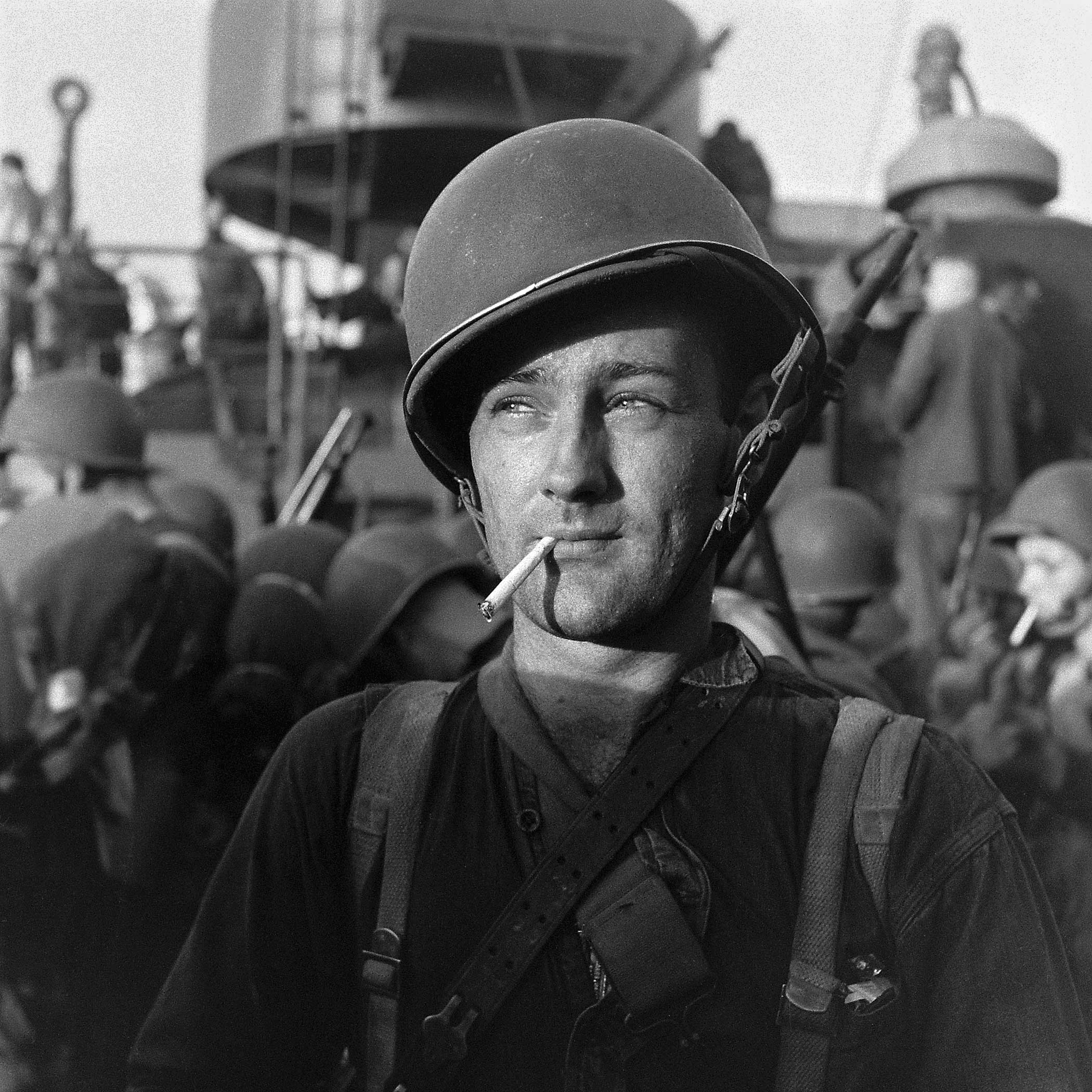

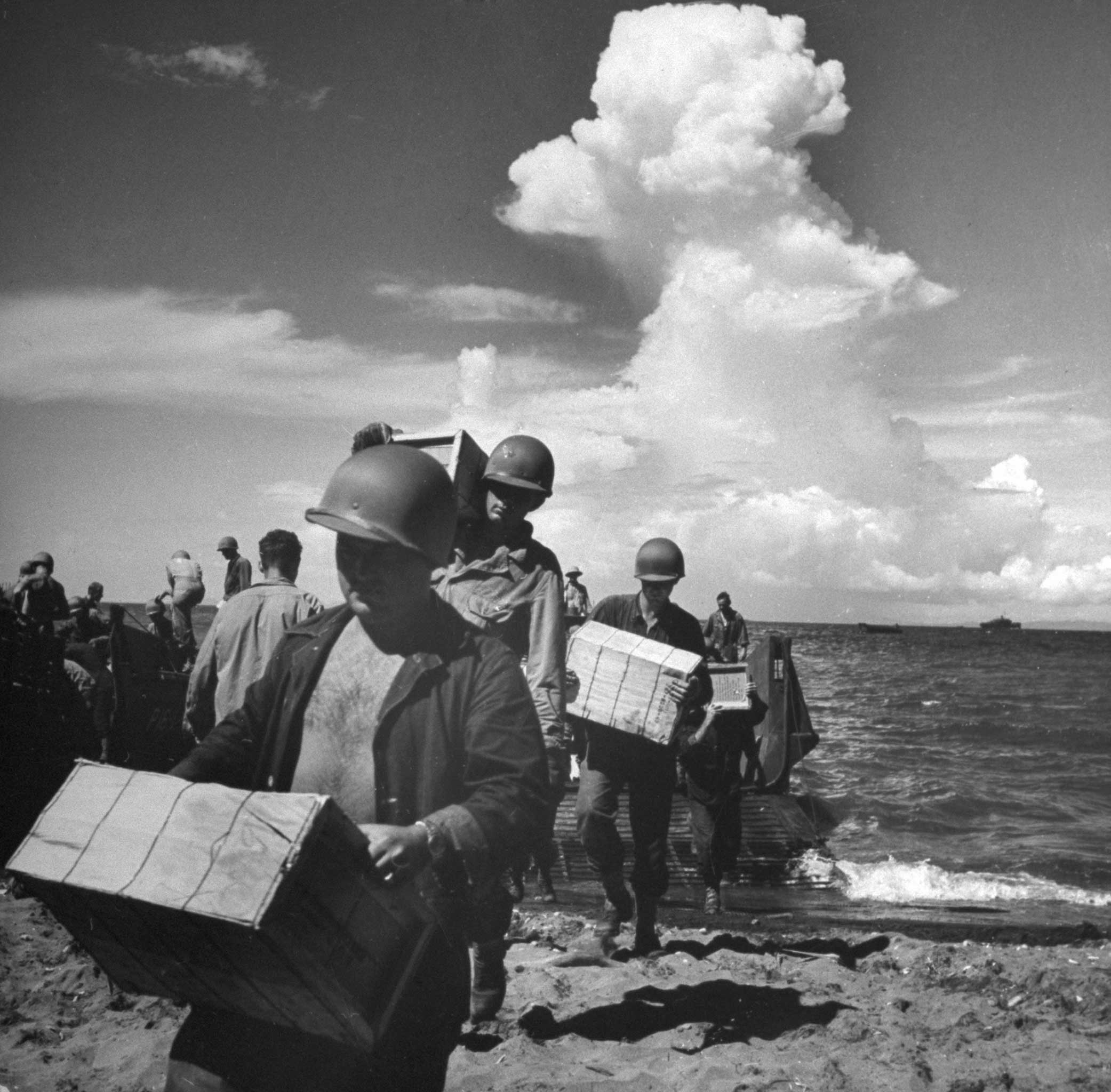
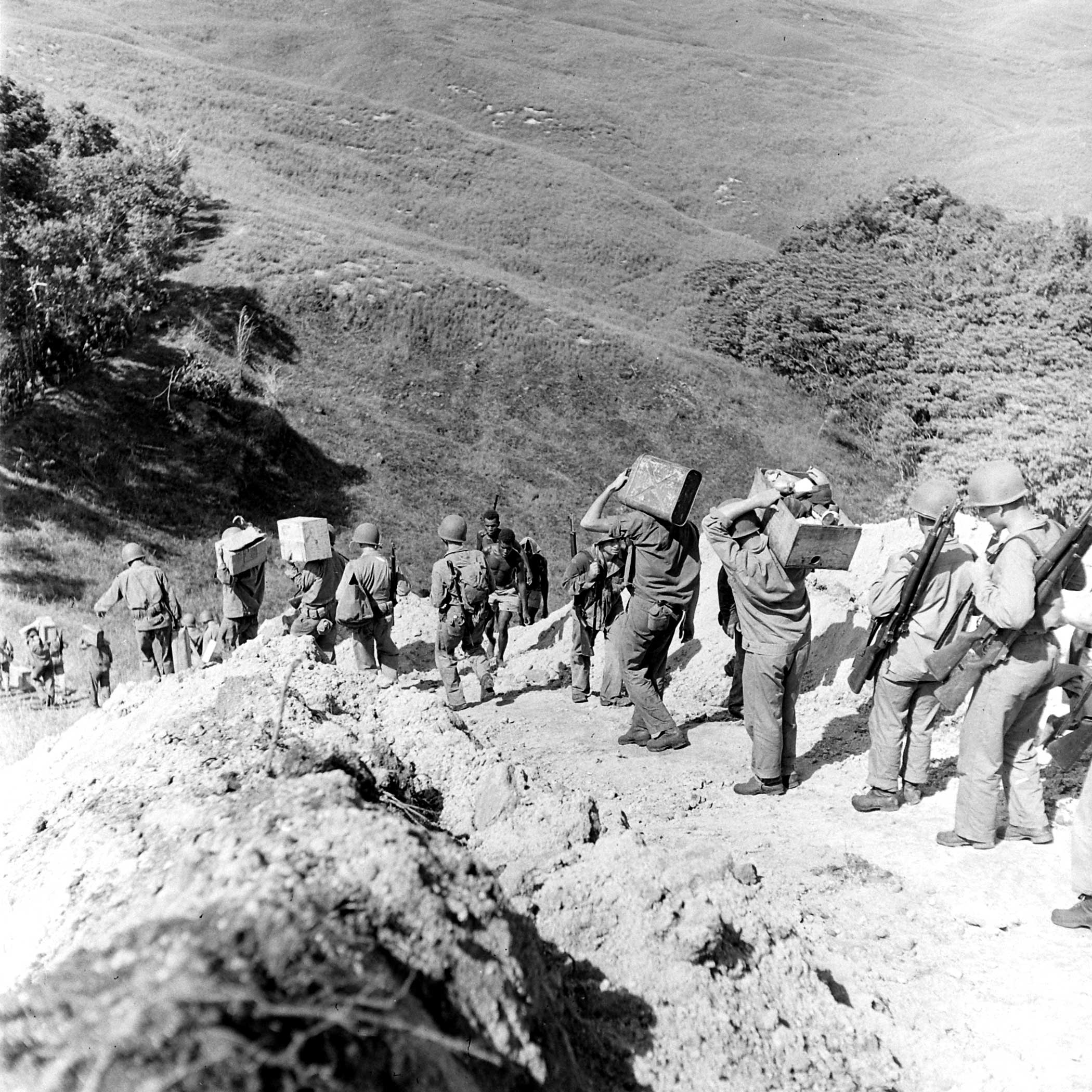
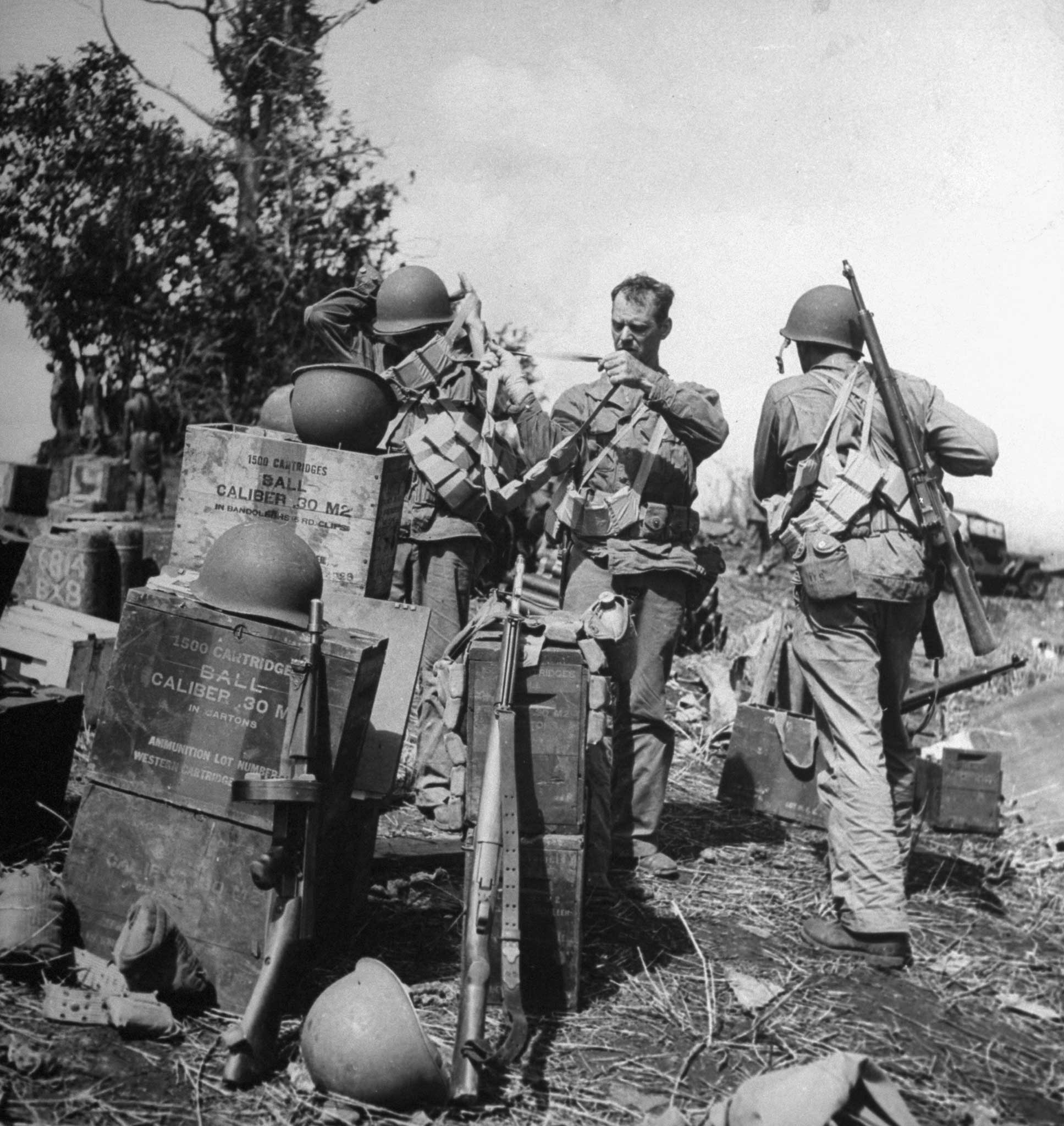

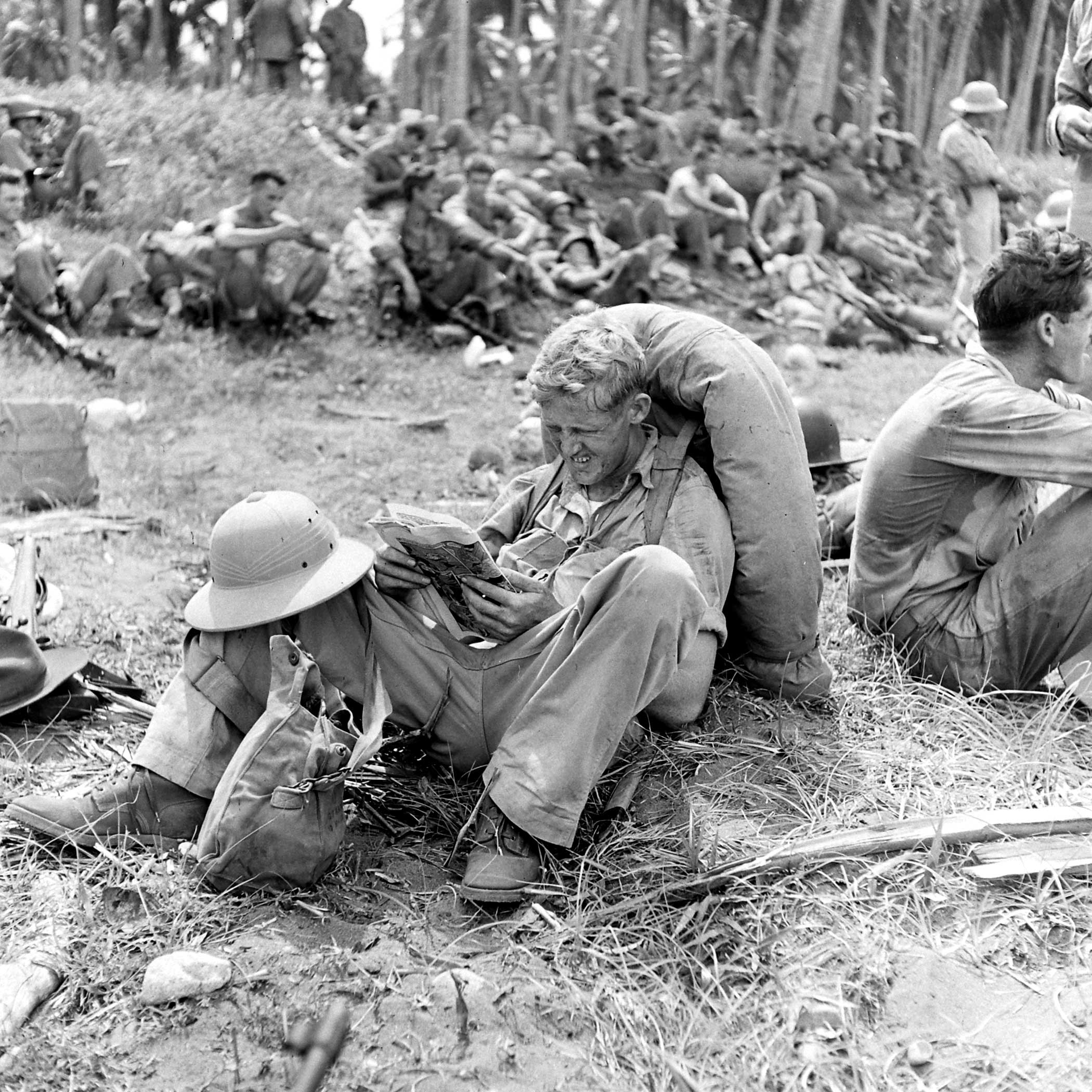


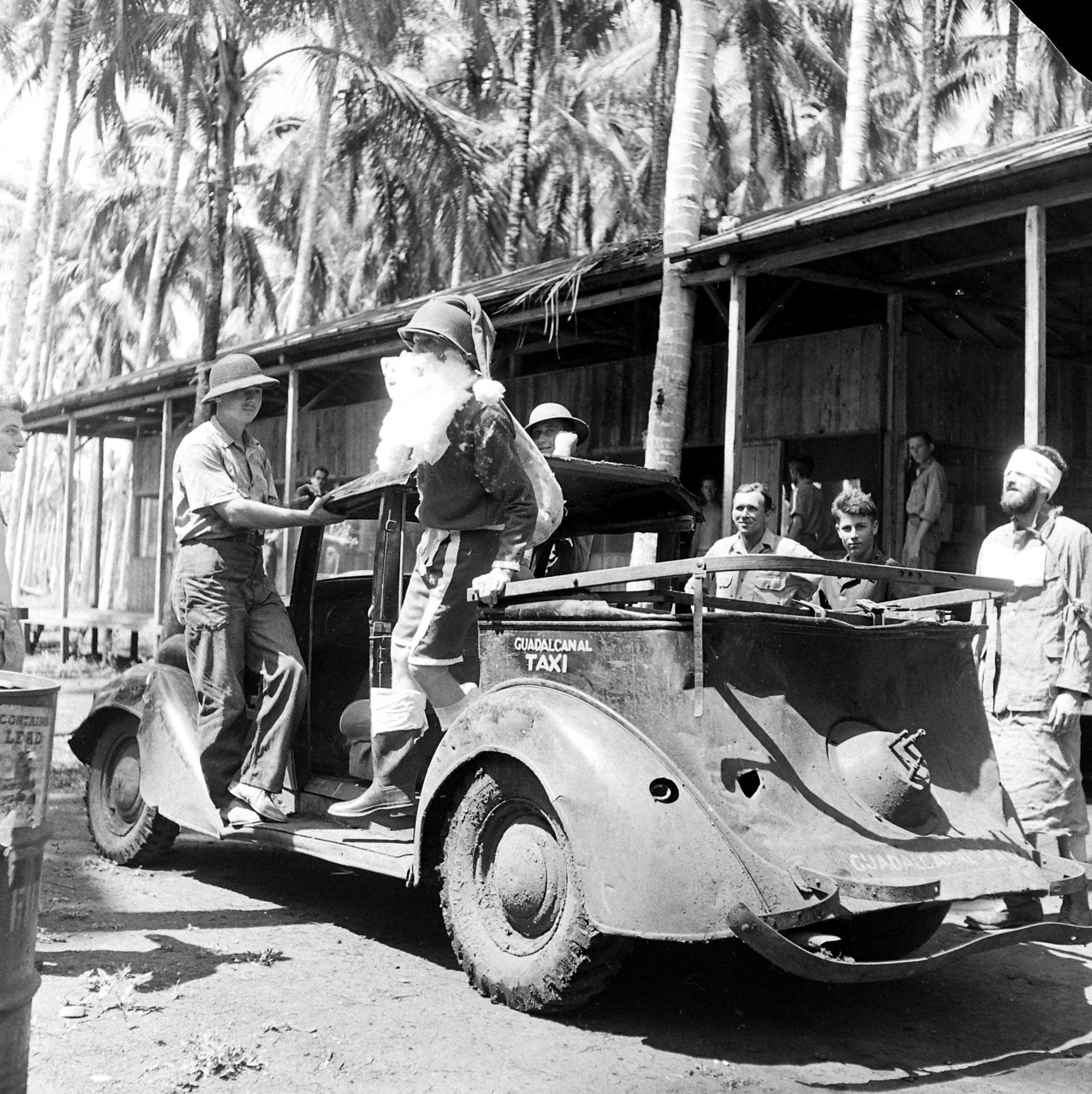
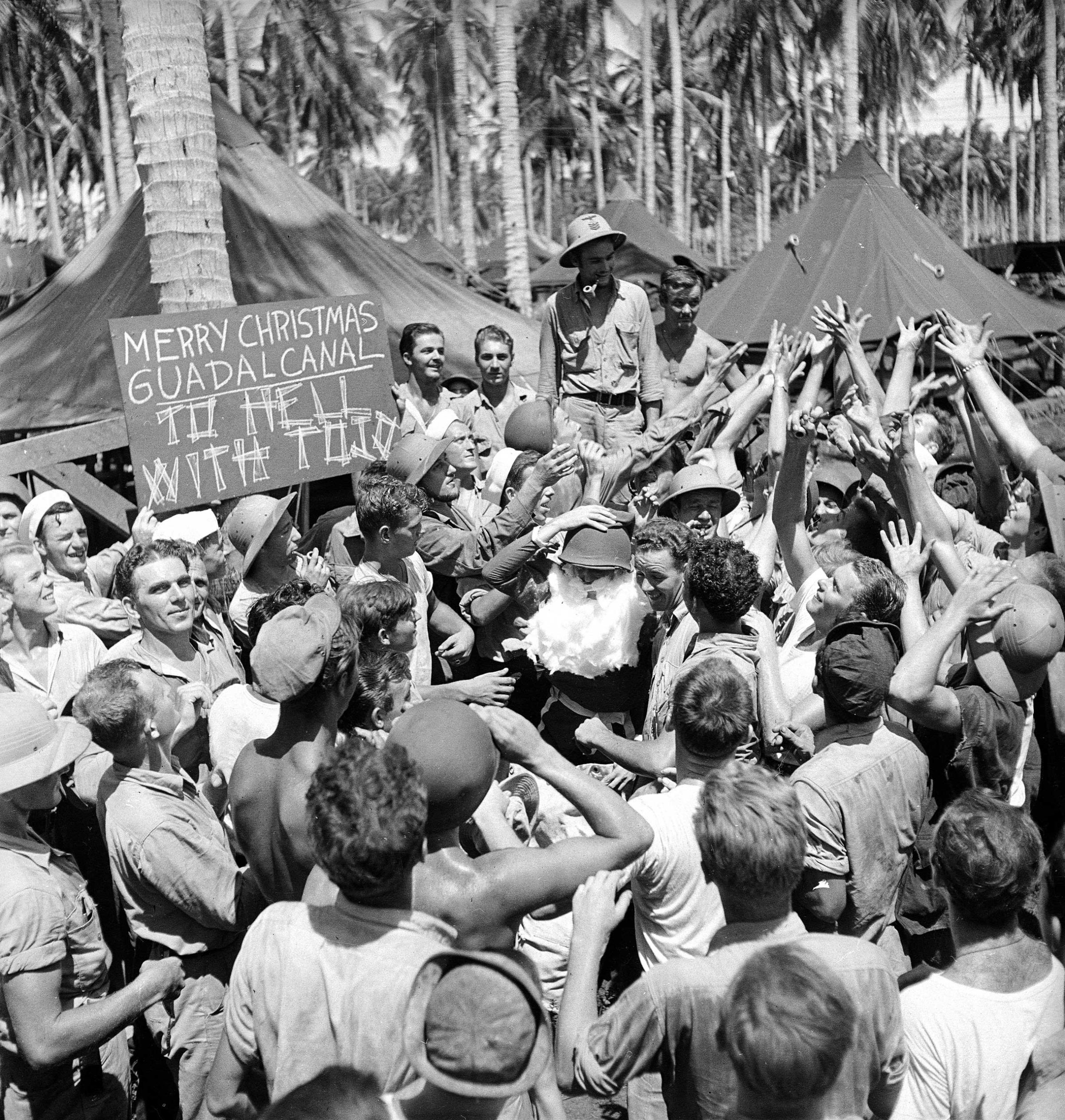
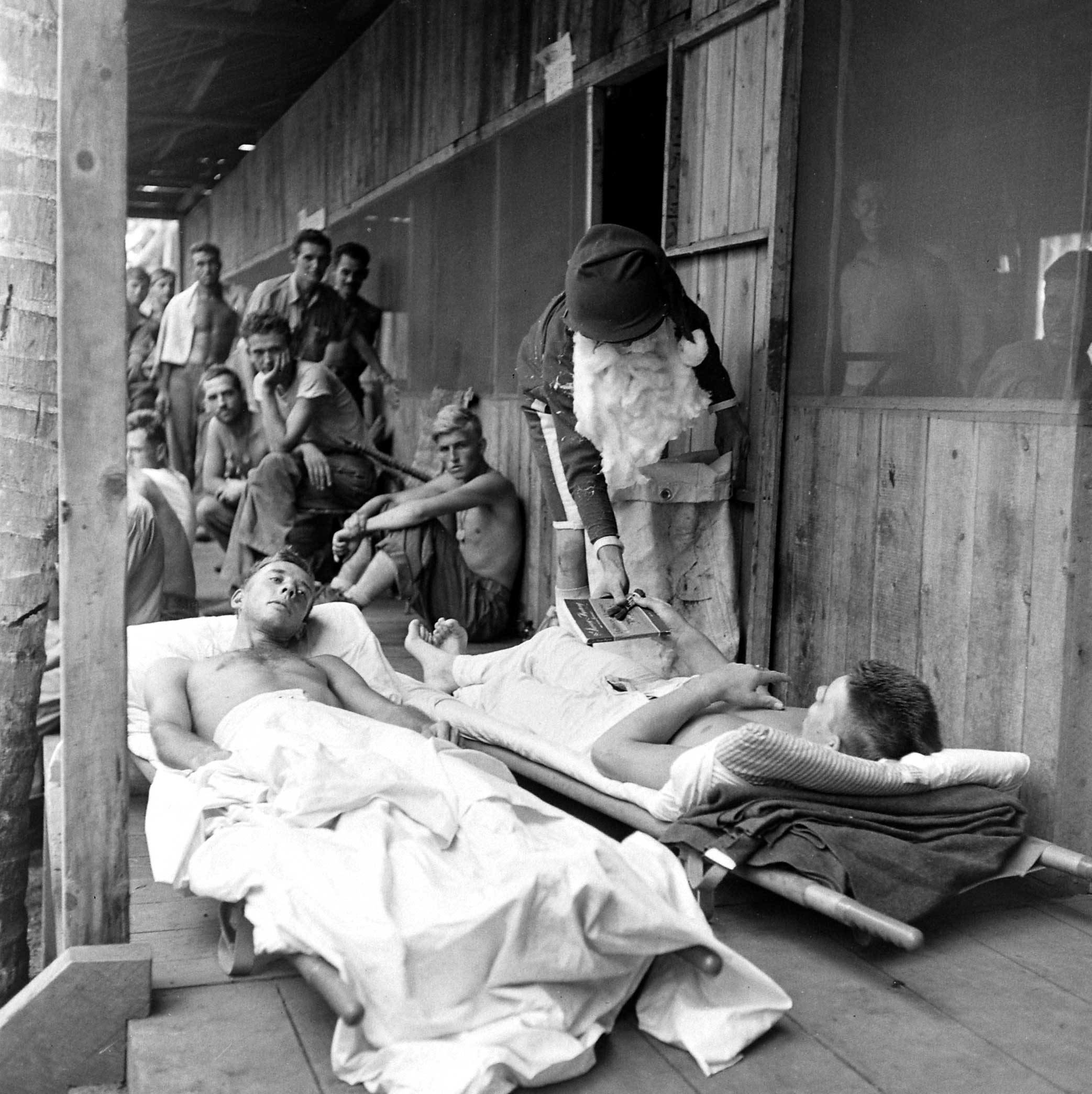

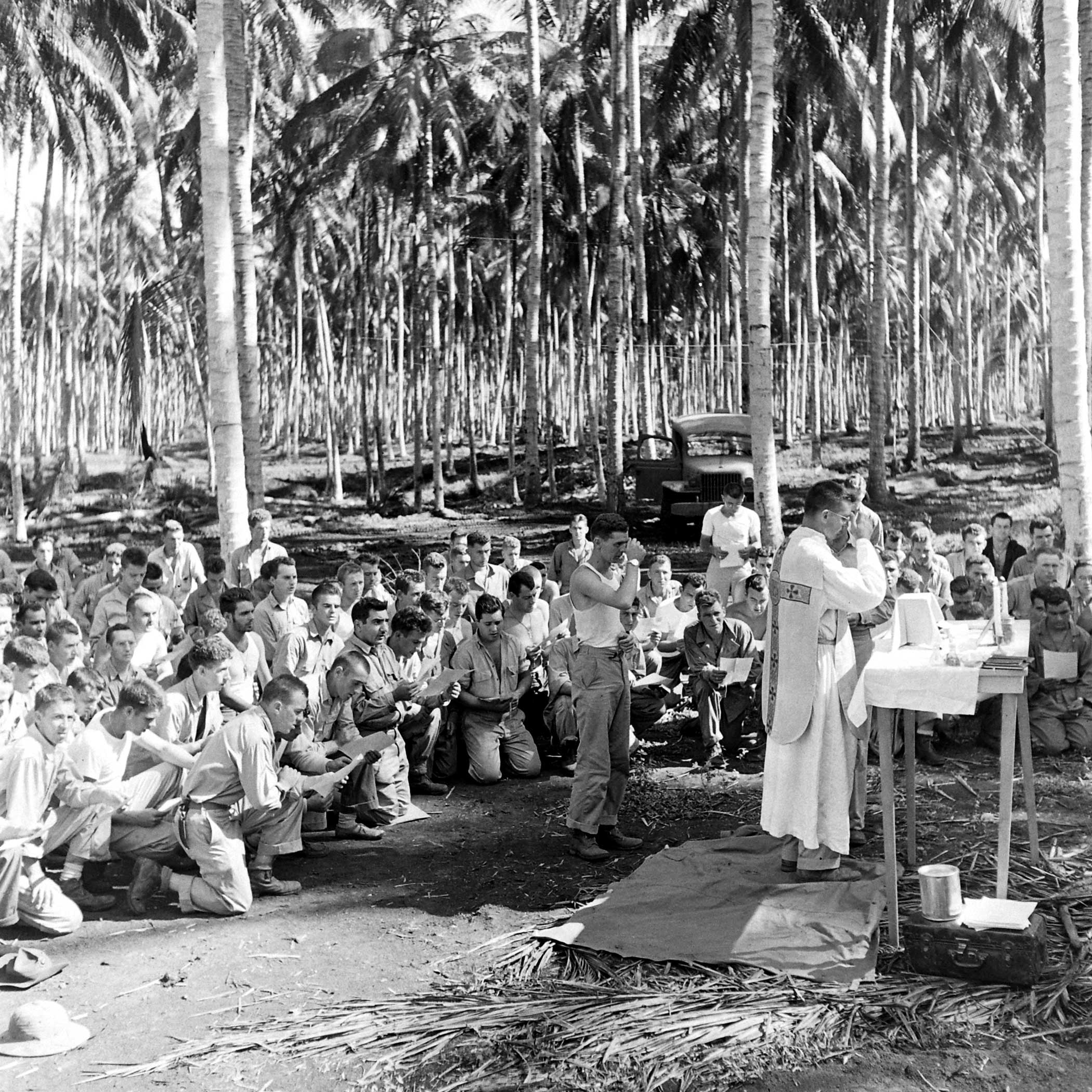
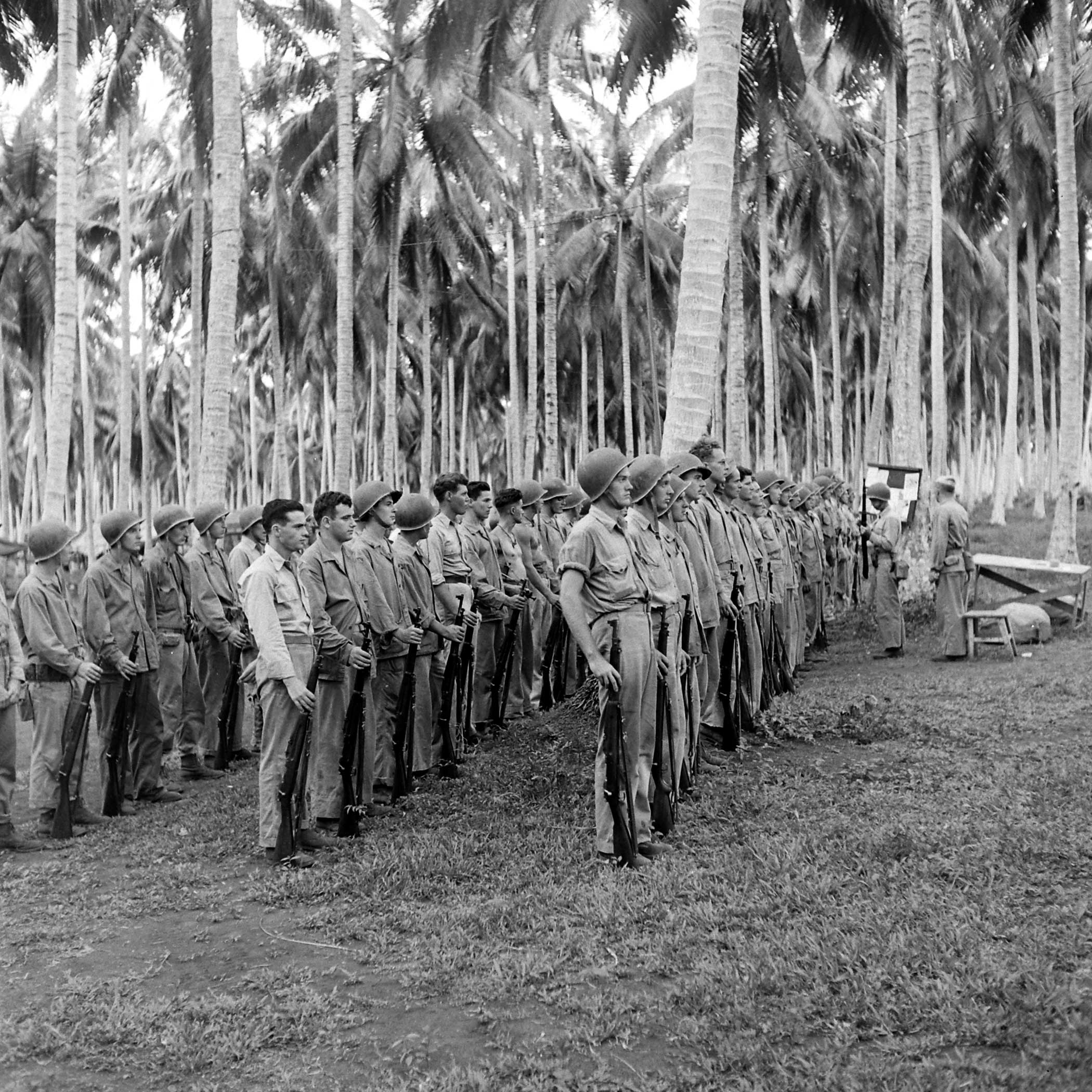
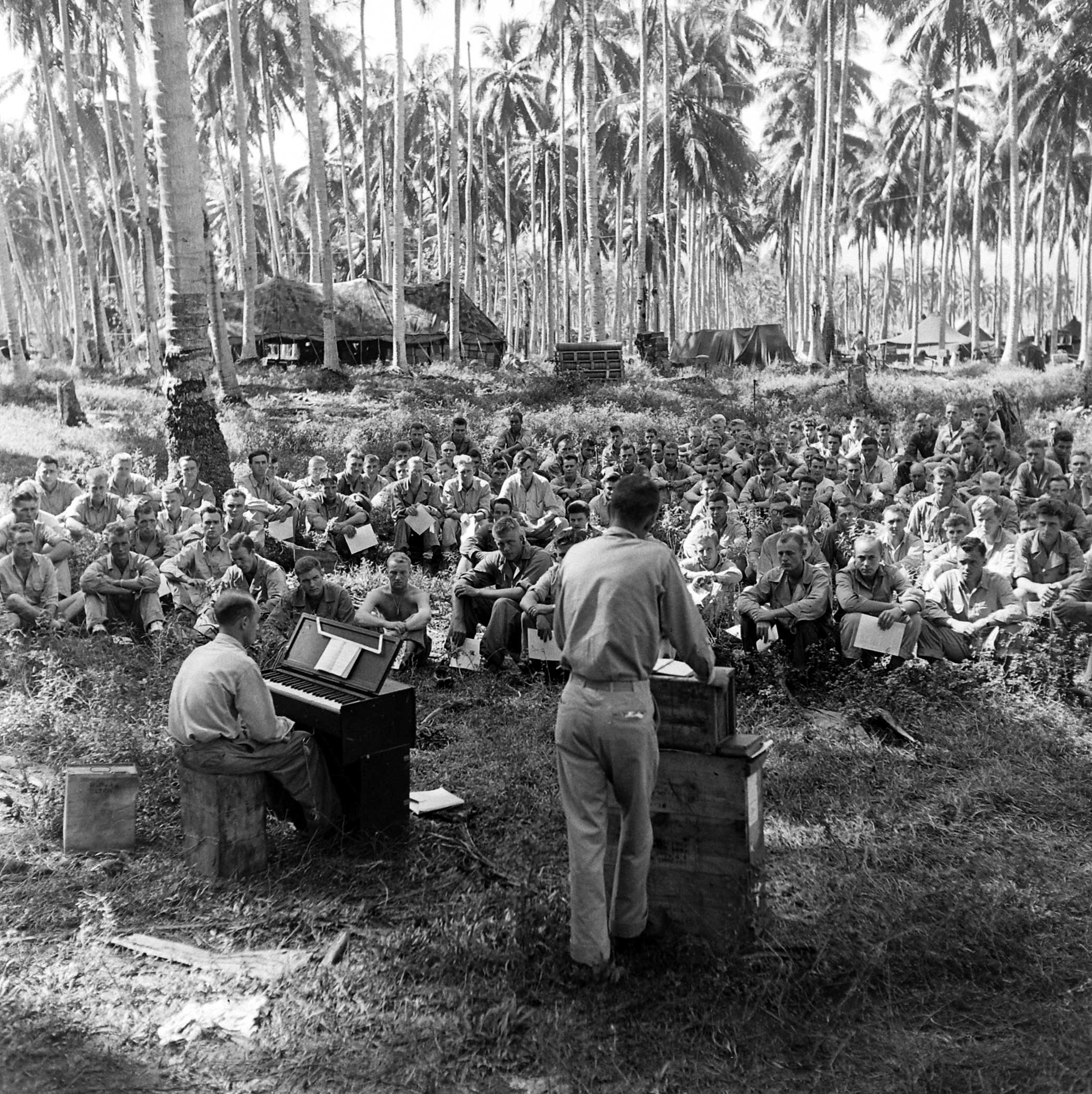
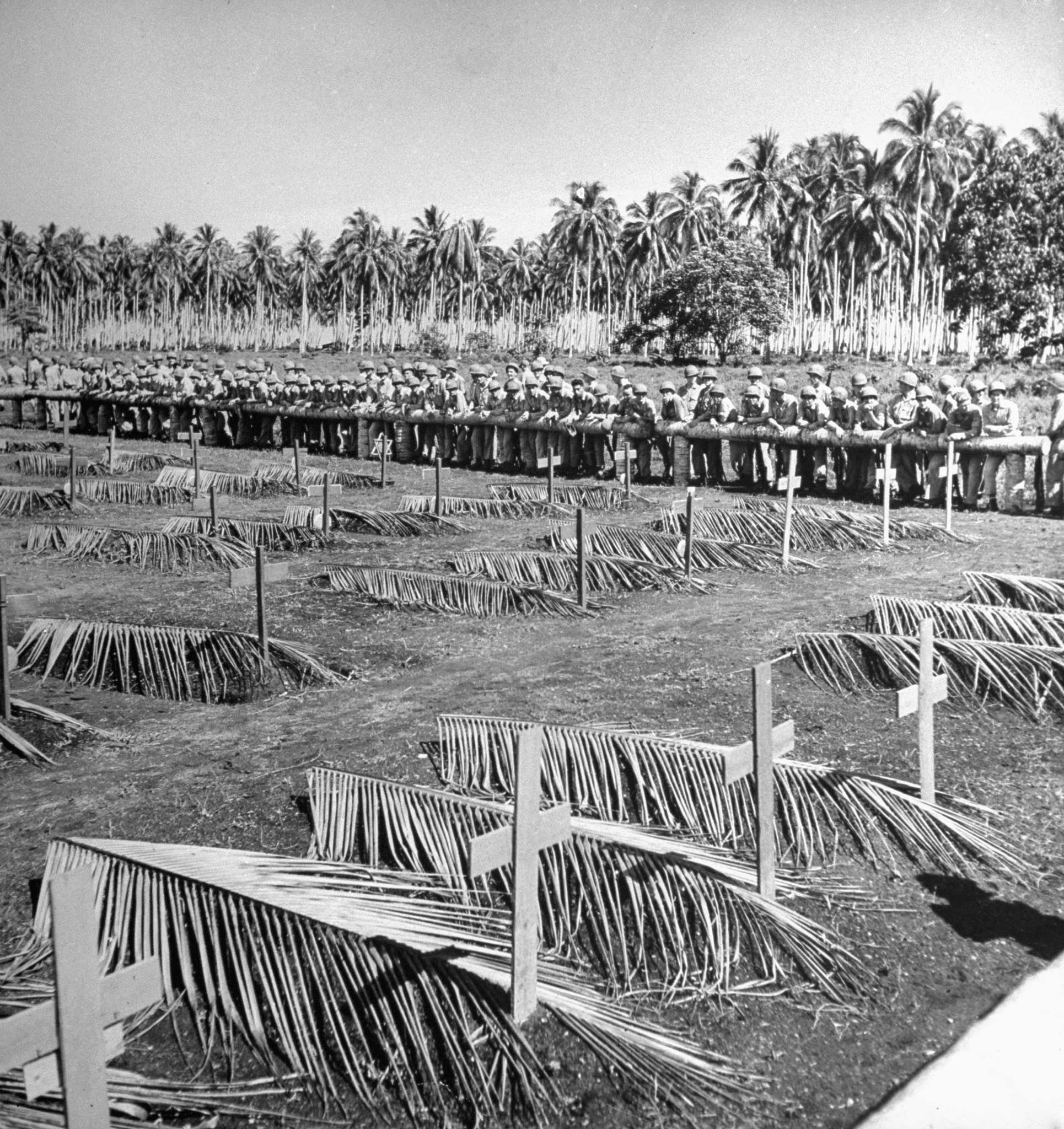

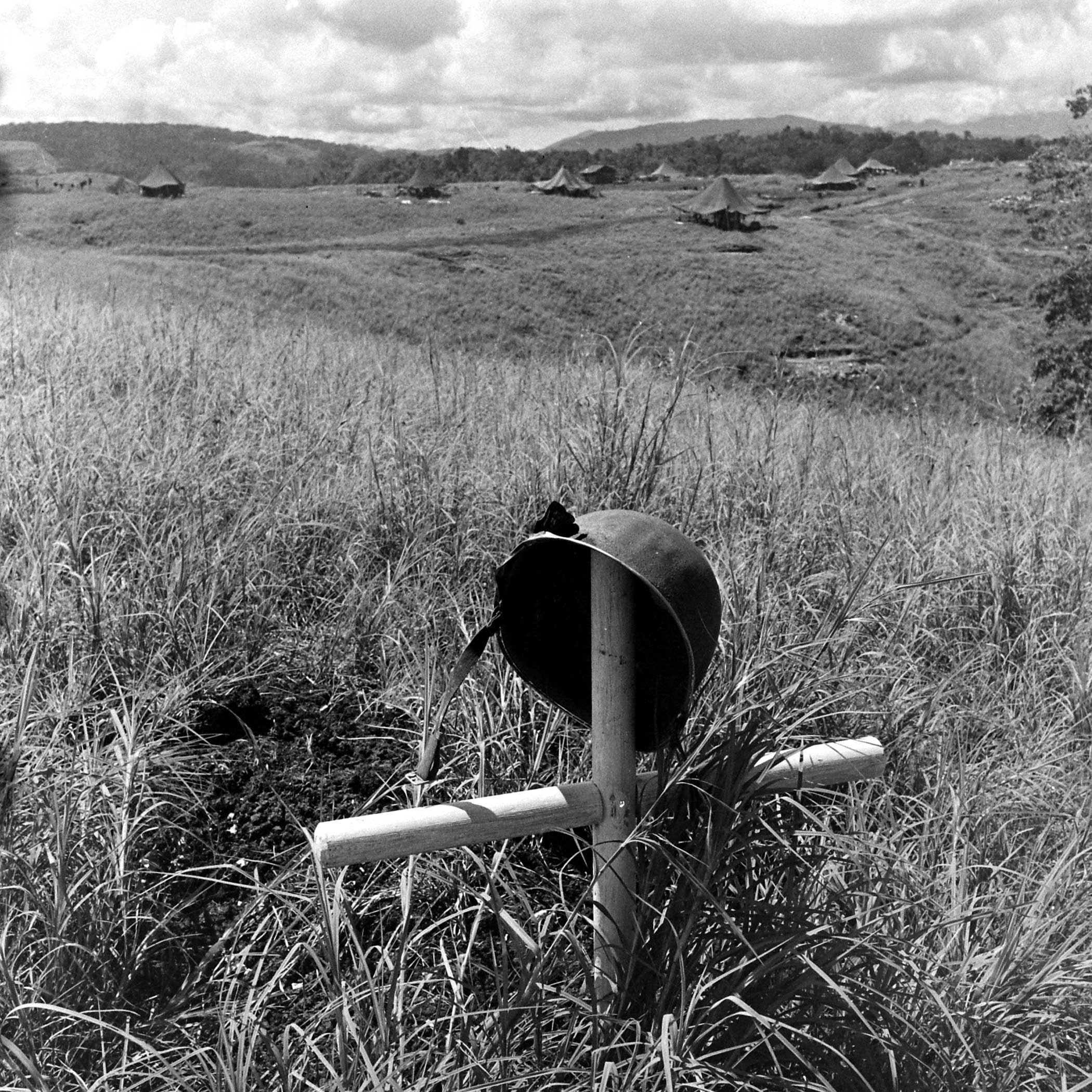
More Must-Reads from TIME
- Inside Elon Musk’s War on Washington
- Meet the 2025 Women of the Year
- The Harsh Truth About Disability Inclusion
- Why Do More Young Adults Have Cancer?
- Colman Domingo Leads With Radical Love
- How to Get Better at Doing Things Alone
- Cecily Strong on Goober the Clown
- Column: The Rise of America’s Broligarchy
Contact us at letters@time.com